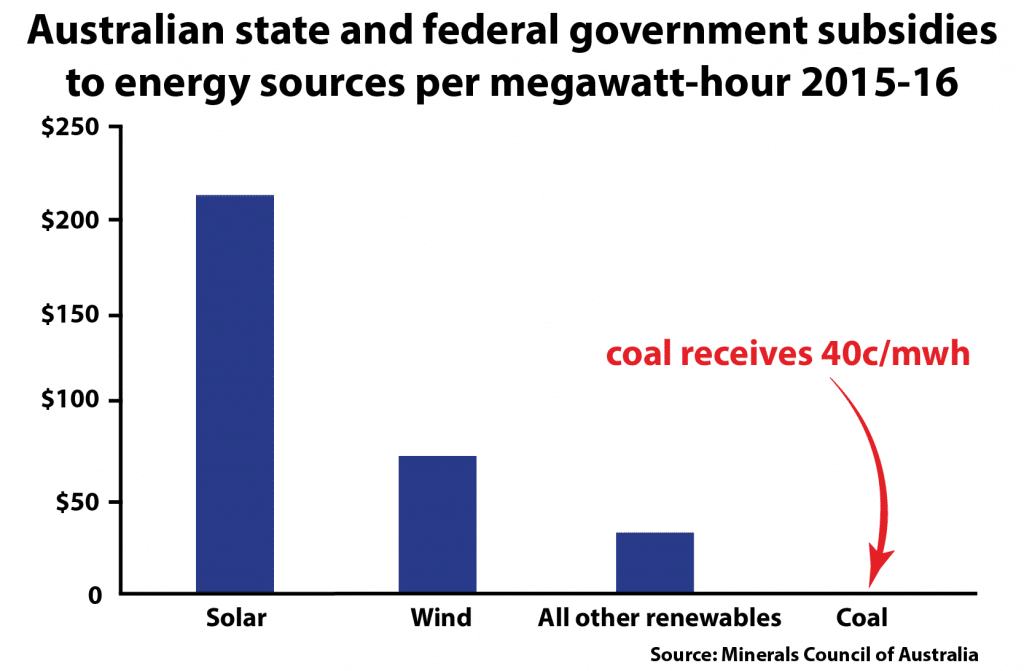Investor News
Energy policy mess keeps producing unintended consequences
The below article in today's AFR ($) highlights the unintended consequences of trying to balance energy and climate policy.
The issue is the 'energy trilemma'.
Reliable. Affordable. Low-emissions. Pick any two.
Contrary to what many would have us believe, renewables are not cheaper than coal. If they were they wouldn't require a subsidy, which for wind is currently around $80 per MWh.

The unintended consequences resulting from such policies aren't limited to electricity generation.
The article notes:
"So in power generation, gas development, and electricity distribution, this is what Australia sleepwalks into when it lacks certainty on energy investment."
Gas development policy is threatening to derail local projects. Ironically, the proposed Port Kembla LNG import facility could make up for our local shortfall but will be more expensive than if we develop on-shore gas, which is blocked by the unscientific green-left lobby.
Then there's the distribution infrastructure side of things. The poles and wires. Recent changes by the Australian Energy Regulator have threatened investment certainty at a time when increased investment is required to support the distributed nature of wind and solar.
The Federal government is attempting to deal with the fundamental clash between energy and climate policy through its National Energy Guarantee (NEG). Among other things, it's meant to create a platform for more stable investment.
Will it work? It's hard to tell. There are conflicting reports. Each report seems to suit the view of those releasing it. Not surprising.
What we do know is that we need baseload power, and the cheapest is coal. Even cheaper is brown coal. For decades, Victoria had the cheapest wholesale generation costs in Australia, attracting energy-intensive heavy industry.
Victoria has the single largest brown coal deposit in the world. It's also arguably the best quality brown coal in the world. The only thing making it CO2 intensive compared to black coal is its 60% water content.
Brown coal can't be used in high-efficiency, low-emissions (HELE) power stations due to its high moisture content.
That's where our Coldry process comes in.
Coldry is an energy-efficient, cost-effective brown coal drying process that can be integrated with existing HELE technology, enabling its use with brown coal and reducing CO2 emissions by 43% to 62%.
And while we don't anticipate the adoption of HELE technology in Victoria in the short-term, if energy policy continues to see increases in electricity costs running significantly ahead of CPI, this may change.
Until then, we live with the unintended consequences of otherwise well-intentioned efforts to transition to lower-emissions power.
Read more ($)...
We now bear the burden of our energy policy mess ($)
10 July 2018 | AFR | The View
Across the energy sector this week are signs of the worst of all worlds when policy muddle hampers critical investment choices in power and energy transmission.
In Wollongong in NSW, a new $400 million gas fired plant being built by Energy Australia to provide critical peak power could be threatened if the Turnbull government, under pressure from coal-enamoured conservative backbenchers, tries to keep the ancient AGL Liddell plant alive on uncommercial terms...